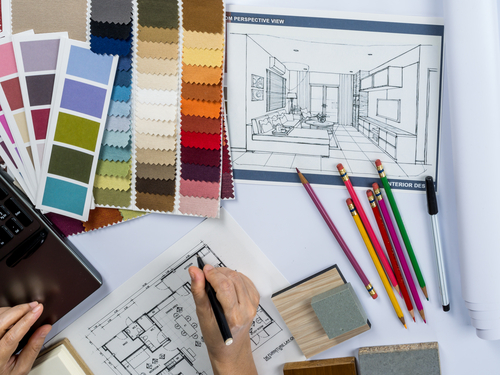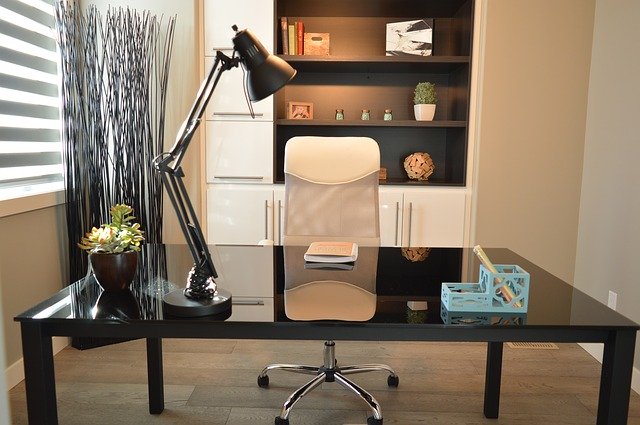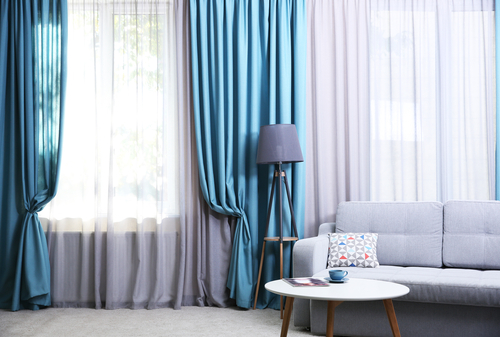Interior design for dummies is just a way of familiarizing ourselves with five basic elements connecting all interior design in order to create perfection.
We have colour (for setting the mood), form of objects used, lines, mass of the items (bulky or dainty) and then texture. The focal point is of crucial importance serving as the main point to look at and then ultimately returning to it once our eyes have scanned the entirety of the place. Scale and proportion of furniture items are of equal importance, as they create unity of all things coming together. Colour and contrasts should mix in nicely, not overdoing is key!

Harmonizing and Balance is equally important
Making use of various colours, patterns and textures can turn a entire home or even just a single room into a masterpiece, additionally expressing a touch of personal with a hint of professional is all you need to get creativity blended into the project. So many different styles are available to choose from, before the designing even begins to take place. To name just a few, you have casual, formal and traditional – each with their own unique characteristics and elements to consider. Many believe that they don’t have a creative flare, but with a few handy tips nothing is impossible and you might be pleasantly surprised at the outcome.
Odd numbers in the equation
Objects arranged in odd numbers are memorable, sparking the inquisitive side of us humans as well as serving as one of the basic grouping rules in the interior design field. Engaging visually with unequal shapes, textures and heights will most definitely eliminate the boredom that identical items can induce. How boring to look at the same shapes and colours, endless and NEVER changing.
Focal points in a home
By painting one of the walls a different colour to the rest, instantly grabs attention and entices interest while the answer rests in enriching it with accessories relevant to the desired theme, even by the use of paintings against the surrounding walls. Gently adding to the focal point or center piece should be done, as not to confuse the viewer with unnecessary visual stimulation or unsightly blends of colours. Less is often more in most cases, avoiding clutter and making use of the correct lighting can soften even the harshest of tones! Examples of lighting used would be Accent lighting which puts focus on an object, Tasking light that aids in tasks underhand such as reading or in kitchen cabinets. Finally you have Ambient lighting, being the general one used to light up a room or required space in order to have better vision. Adding these forms of light will gift the selected area with dimension and depth, breaking through the bland light seen.
When you are on a budget or want to save yourself the stress
Deciding on areas you want to change and re-design can be a daunting task but preparation is the answer to elevating the stress during interior designing. It is a very personal experience and most definitely a client/individual specific process. Keeping things basic and not overspending on items you possibly wont need, could assist you from the start while setting the pace on a designing budget. It doesn’t have to be painfully expensive, unless YOU want it to be of high quality and quantity. Just by planning in advance you take the stress off, instead of being dragged into the spur of the moment impulsive decision that could be costly and regretted in the end. Repurposed items are useful as the transformation from older elements to the latest ones is something to be admired, especially with our environmentally friendly consciousness that is ever growing.

